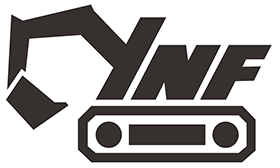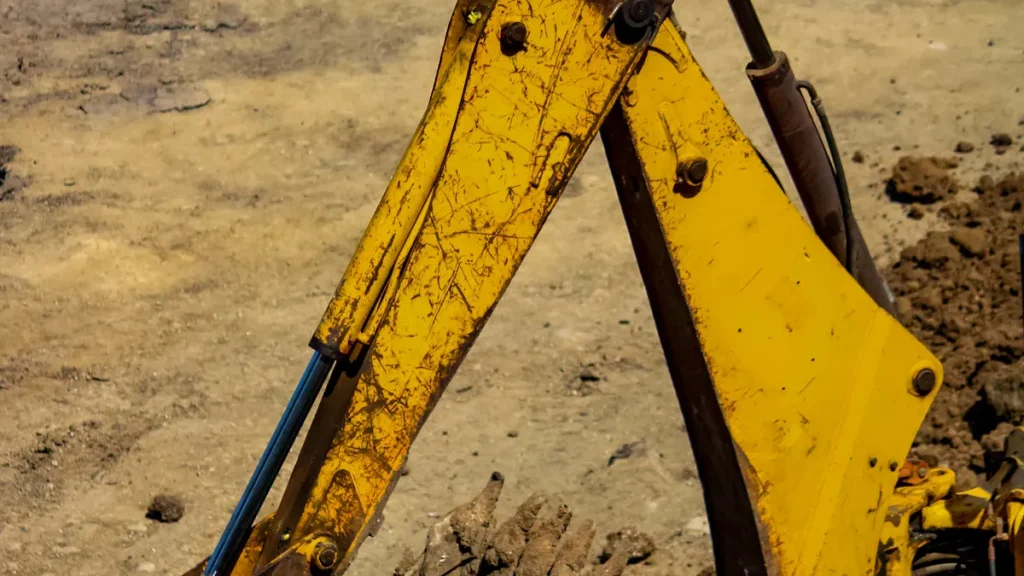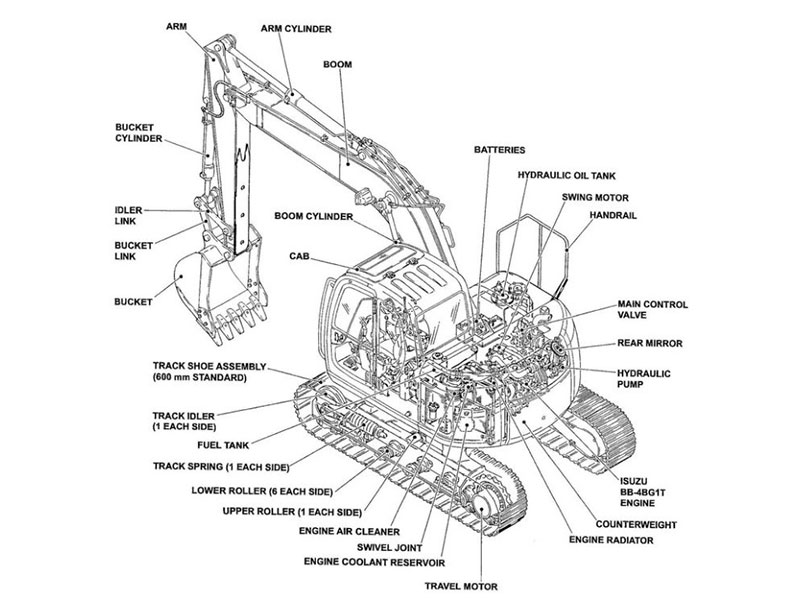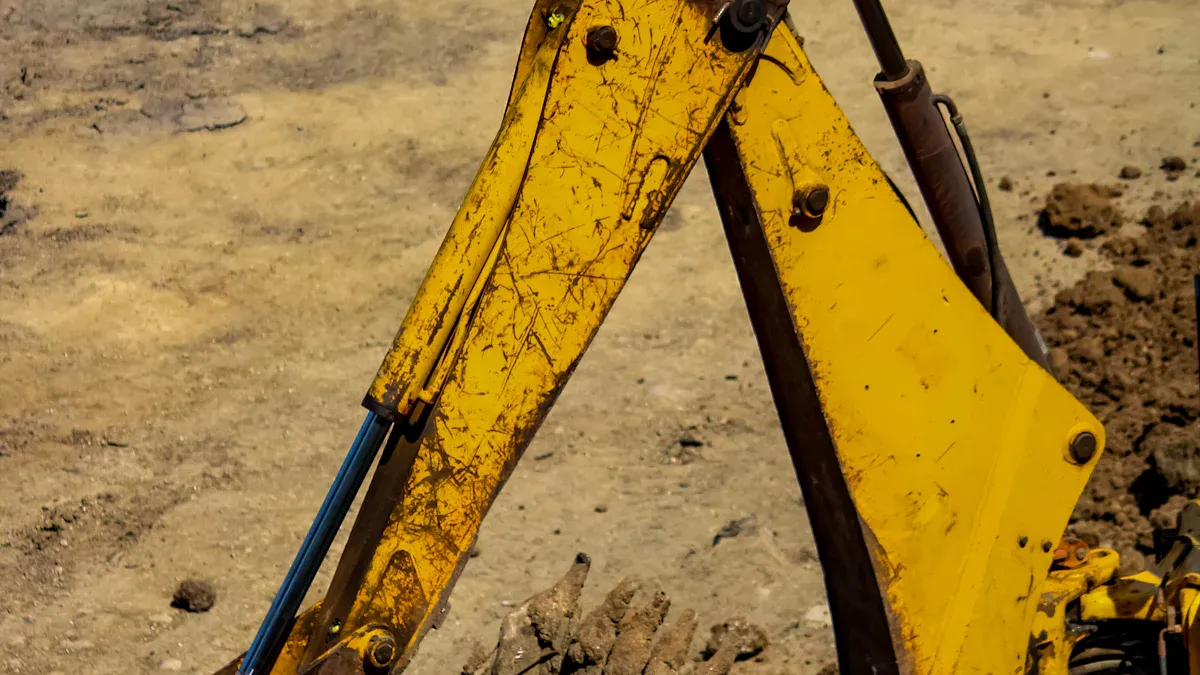
A bucket adapter for excavator part is an important connector. It links the bucket and the teeth together. The adapter goes right onto the bucket lip. This lets the bucket teeth stay tight and secure. Each bucket adapter spreads digging force from the bucket to the teeth. This helps the excavator work well in hard soil or rock. Knowing how the adapter, bucket, and teeth work together is helpful. It lets operators keep the machine strong and stop too much wear.
Key Takeaways
A bucket adapter joins the excavator bucket and teeth. It keeps the teeth tight and safe for strong digging.
Good adapters use strong alloy steel and heat treatment. This helps them last longer and not wear out fast in hard jobs.
Putting the adapter on right and checking it often stops loose parts. It also lowers wear and keeps the excavator safe and working well.
Picking the right adapter and matching bucket teeth helps digging work better. It also makes repair costs lower.
Taking care of the adapter, like cleaning and changing parts on time, helps it and the teeth last longer and work better.
Bucket Adapter for Excavator Part
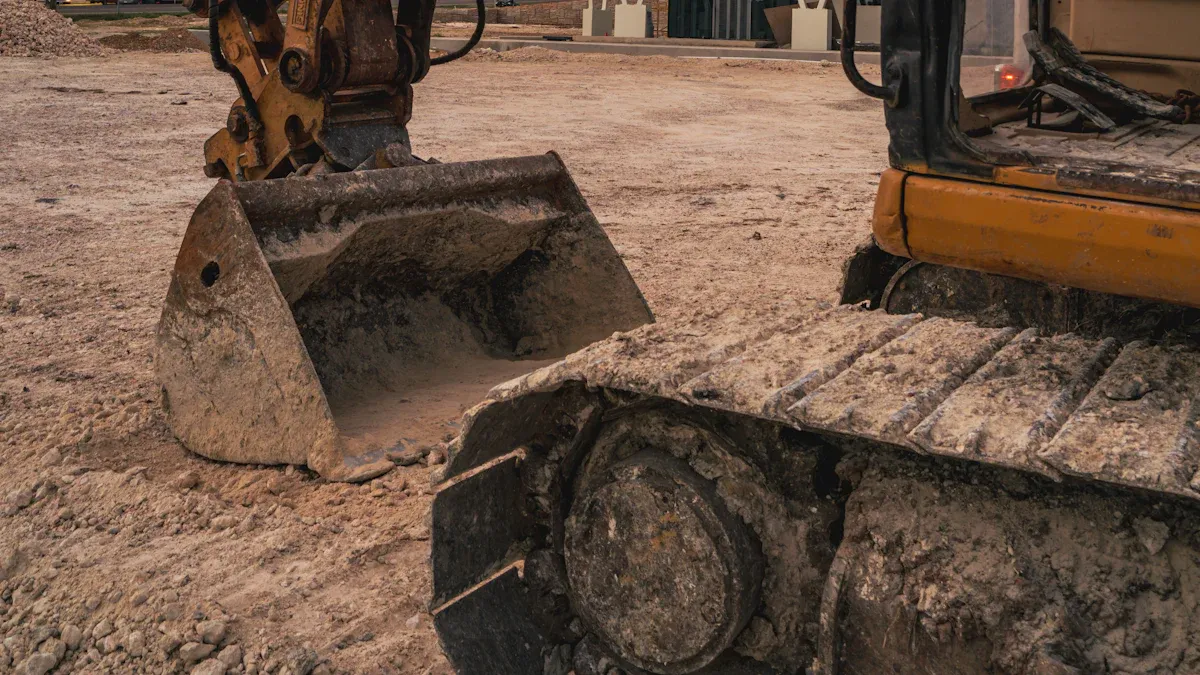
What Is a Bucket Adapter
A bucket adapter for excavator part is a strong piece that connects the bucket and the teeth. It fits onto the bucket lip and keeps the bucket teeth in place. The adapter moves force from the bucket to the teeth when digging. Operators trust the bucket adapter to hold the teeth tight, even in hard soil or rock. Manuals for construction equipment list important sizes for bucket adapters, like pin diameter, stick width, and the space between pins. These sizes help make sure the adapter fits well and works with the bucket and teeth. The adapter must match the OEM’s rules for safe and smooth movement.
Main Features
Bucket adapters have many features that help them work well on tough jobs:
Most bucket adapters are made from high-strength alloy steel. This steel helps the adapter last longer and stand up to hard hits.
Special heat treatment makes the adapter even stronger and helps it fit tightly with the bucket teeth.
High-performance bucket adapters are designed to give more digging power. This helps the excavator dig faster and better.
Many adapters have a dual radius shell profile. This shape helps dirt move into the bucket and keeps the bottom from wearing out.
Some adapters have hinge plates built in. These plates spread out the force and make the adapter stronger than simple weld-on plates.
Advanced retention systems, like CapSure or hammerless systems, let you put on or take off bucket teeth easily with hand tools.
A good fit between the adapter and the bucket teeth means less looseness and less wear, so you spend less on repairs.
Note: Some bucket adapters meet ISO9001 standards and have certain hardness levels (HRC48-52). These rules help make sure the adapter is strong and lasts a long time.
Feature | Benefit |
|---|---|
High-strength steel | Better wear and impact resistance |
Heat treatment | Longer service life |
Dual radius profile | Improved material flow and less wear |
Integrated hinge plates | Stronger force distribution |
Advanced retention | Easier installation and removal of teeth |
Precise fit | Less looseness and lower maintenance |
Types of Bucket Adapter
There are many kinds of bucket adapters. Each one is made for a special job or ground type. The right adapter depends on the bucket and the work you need to do. Some common types are:
Digging bucket adapters: Used for regular digging jobs.
Rock bucket adapters: Made for breaking and moving hard ground.
Utility bucket adapters: Used for careful digging near utility lines.
V bucket adapters: Make narrow trenches for pipes and cables.
Micro trenching bucket adapters: Dig very small trenches, often for fiber-optic cables, and save time on digging and filling.
Skeleton bucket adapters: Help sort and sift materials.
Grading or ditch cleaning bucket adapters: Used for leveling ground and cleaning ditches.
Frost bucket adapters: Break frozen ground.
Rake riddle bucket adapters: Remove roots and trash.
Clean-up bucket adapters: Clean up the site after work.
Each kind of bucket adapter for excavator part has its own shape. Things like teeth shape, wear plates, and slats help the adapter fit the bucket and the job. For example, micro trenching bucket adapters are best for small, shallow trenches. Rock bucket adapters are best for hard, rocky ground. Operators need to pick the right bucket teeth adaptors and adaptors to get the best work from their excavator.
How Bucket Adapter Works
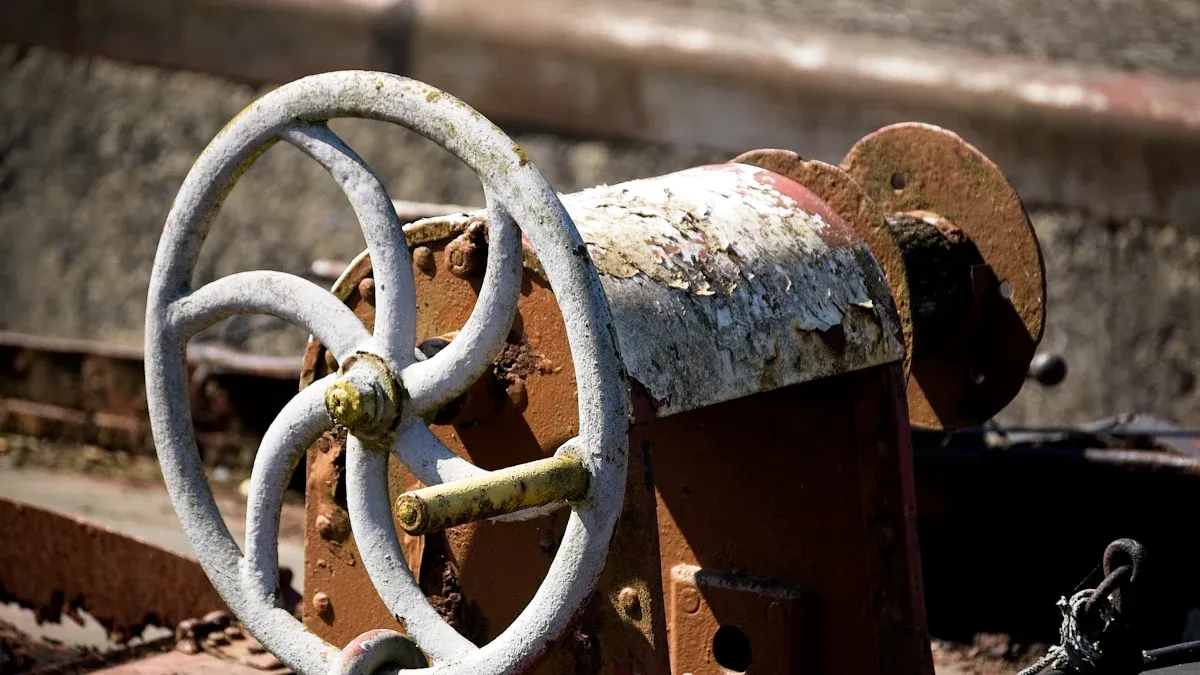
Installation
Putting a bucket adapter on an excavator bucket needs careful steps. This keeps everyone safe and makes sure the adapter fits right. Top brands suggest these steps for mechanical quick-change systems:
Operators park the excavator on flat ground and lock all safety features.
They line up the coupler with the bucket’s attachment spots.
Locking pins are put in by hand and pushed in all the way.
Every connection is checked again before lifting the bucket.
A test lift and move shows the bucket is attached well.
Hydraulic quick-change systems use almost the same steps:
The parking brake is set, and the boom is lowered to stay steady.
Hydraulic pressure is let out to stop injuries or damage.
The quick coupler is lined up with the bucket’s attachment spots.
The hydraulic system is turned on to lock the bucket in place.
The connection is checked by slowly lifting and moving the bucket.
Operators need to check if the parts fit together. They look at pin sizes, linkage shapes, hydraulic flow, and weight limits. If the parts do not match, they use adaptors made for the job and load. Always follow the maker’s rules because steps can be different for each model. Regular care, like checking hoses, adding grease, and looking at fluid levels, helps the bucket teeth adaptors work well.
Tip: Always look at the bucket adapter and bucket teeth for wear before you put them on. This stops problems when digging.
Force Transmission
The bucket adapter helps move force between the bucket tooth and bucket lip when digging. The adapter is held to the bucket lip by a hydraulic lock. This lock pushes sideways to pull the adapter and lip together tightly. Hydraulic pistons push on a wedge that goes through holes in the adapter legs and bucket lip. The pistons move sideways, making the adapter legs press hard against the bucket lip.
A wedge or spacer is put in to keep this tight grip even after the hydraulic pressure is gone. This makes a strong, solid connection. The clamp or wedge sends force from the bucket tooth, through the adapter, to the bucket lip. This keeps the bucket teeth tight while digging, even in hard dirt or rock.
The bucket adapter must handle big forces as the bucket digs through different stuff. Good force movement keeps the bucket teeth from getting loose or falling off. This helps the excavator work well and stops too much wear on the bucket and teeth.
Interaction with Excavator Parts
The bucket adapter works with many excavator parts like the bucket, bucket teeth, pins, and adaptors. The adapter links the bucket tooth to the bucket lip. This makes a strong bond so force can move from the bucket to the teeth when digging. Locking pin adapters help keep the teeth in place.
It is important that bucket adapters fit with different bucket tooth shapes. Bucket teeth must match the right model and size of the excavator and bucket. Teeth that do not fit right can make digging bad, use more fuel, and hurt the bucket or excavator. Problems happen when tooth shapes do not match bucket adapters. This can cause wrong installation, more wear, early breakage, and safety risks like teeth breaking or falling off.
Different tooth shapes are made for special jobs and ground types. Using the wrong ones with adaptors or machines makes them work worse and not last as long. Putting them on right by following the maker’s rules helps stop extra wear and teeth falling off while working. Checking for wear often helps find problems with fit or setup early. Taking care of the parts, like changing teeth and pins on time, keeps everything working together and stops damage.
Operators should pick bucket teeth adaptors that fit the bucket adapter and match the job. This helps the excavator bucket work well in all digging jobs.
Note: Always use the maker’s rules when putting on bucket teeth and adaptors. Taking care of the parts often stops problems and helps the bucket adapter last longer.
Benefits for Excavator
Performance
A good bucket adapter helps the excavator dig better. The adapter connects the bucket to the arm. It holds the teeth in place. Strong adapters use tough steel. This keeps the bucket steady in hard ground. The teeth can dig deeper and faster. Operators see the bucket stays firm. The teeth do not move or fall off while working.
The adapter helps the bucket keep its shape. If the adapter fits well, the teeth line up right. Digging gets smoother and needs less force. Steel adapters do not bend or wear out fast. The teeth stay sharp and work longer. Putting the adapter on right and checking it often helps it work well. The bucket and teeth stay ready for any job.
A strong adapter is needed for good digging. It keeps the bucket and teeth working together, even in tough jobs.
Durability and Maintenance
Durability is important for every bucket adapter. Good adapters last longer and do not crack. The teeth and adapter get a lot of stress. Checking them often helps find problems early. Operators should look for cracks or loose parts. Tightening pins and bolts keeps everything secure.
Maintenance steps help the bucket and teeth last longer:
Check the bucket and adapter for damage before and after use.
Clean the teeth and adapter to get rid of dirt.
Make sure bolts and pins are tight and lined up.
Add oil to moving parts to stop rust.
Change old teeth and adapters for new ones.
Put wear-resistant coatings on the bucket after changing parts.
Quick-change adapters and new teeth make fixing things faster. Operators can change old parts without getting a new bucket. This saves time and keeps the excavator working. Having extra adapters and teeth ready helps fix things quickly.
Checking and changing adapters on time stops damage. It keeps the bucket and excavator from breaking and avoids delays.
A strong adapter and clean teeth help the excavator work longer. Operators who do these steps get better results and spend less time fixing things.
Choosing a Bucket Adapter
Compatibility
Picking the right bucket adapter means checking if it fits. Operators need to match the excavator’s weight with the bucket size. This stops the machine from working too hard or too little. Hydraulic flow and pressure must be checked to make sure they are right. Quick-connect couplers help make putting on and taking off easier. These parts let you change buckets fast.
Operators should pick bucket teeth adaptors that fit the bucket and job. Some buckets have screens or mesh panels that can be changed. This helps when working with different materials. The bucket’s hydraulic needs must not go over what the excavator can handle. Manufacturer rules show how to match adaptors and buckets. Sometimes, special kits or brackets help connect different machines.
Manufacturers say which pins and retainers work with their adapters. The tooth pocket’s width, depth, and angle must fit the adapter. Operators use tools like calipers to measure these parts. They check these numbers with the product’s guide to make sure it fits. Checking often helps keep everything working well and stops problems. If things get tricky, experts in materials or welding can help fix fit issues.
Tip: Always check that the bucket, adaptors, and adapter fit before work. This helps stop problems and keeps the excavator working well.
Material and Design
The material and design of a bucket adapter are very important. Tests show cast and forged teeth with heat treatment last longer. Replaceable teeth systems, like ESCO ULTRALOK, work better and cost less over time. Buckets with teeth you can change quickly save time and money.
Aspect | Material/Design | Key Findings from Field Tests |
|---|---|---|
Teeth Material and Treatment | Cast and forged teeth with heat treatment | Heat treatment and material choice increase durability; operator technique affects wear |
Teeth System | Permanent welded teeth vs. replaceable teeth | Replaceable teeth systems last longer and cost less to maintain |
ESCO ULTRALOK Teeth System | Replaceable teeth with ULTRALOK installation | Highest durability; minimal cutting edge wear |
Operational Impact | Quickly replaceable teeth buckets | Less downtime and lower repair costs |
How the bucket adaptor is made changes how well teeth stay on. Weld-on adaptors give a strong fit for tough jobs. Hammerless and locking pin adaptors let you change teeth fast. This means less time fixing things. High-carbon steel and tungsten carbide stand up to rough ground. Heavy-duty adaptors are best for rocky dirt. General adaptors are good for soft dirt.
Some mistakes are easy to make. Using the wrong teeth for the machine or ground is one. Not balancing hardness and strength can cause breaks. If teeth and adaptors do not match, they wear out too soon. Picking an adaptor system without enough spare teeth can cause delays. Not planning for parts or help from suppliers can slow down work. Not being careful during setup can lead to injuries.
YNF Machinery has many bucket adaptors and adapters that last long and fit well. Their products follow strict rules and work well with many excavators.
Note: Always pick bucket adaptors and adapters that fit the bucket, teeth, and machine. This keeps work safe and helps your equipment last longer.
A bucket adapter joins the excavator bucket and teeth. This keeps both parts safe and working together. Operators use strong adapters for better digging and less damage. Good adapters also help keep jobs safe. Here are some main ideas:
The bucket and teeth stay together for strong digging.
The teeth work better and last longer.
You spend less money fixing things and have fewer problems.
The right fit and design make the job safer.
Picking a bucket adapter that fits well and is made right helps the excavator do a better job and last longer. YNF Machinery has good choices for many kinds of machines.
FAQ
What does a bucket adapter do on an excavator?
A bucket adapter links the bucket teeth to the bucket lip. It moves digging force from the bucket to the teeth. This keeps the teeth tight and helps the excavator dig better.
How often should operators check bucket adapters for wear?
Operators need to look at bucket adapters before and after every use. Checking often helps find cracks, loose pins, or worn parts early. This keeps the excavator safe and working well.
Can operators replace bucket adapters themselves?
Yes, operators can change bucket adapters using simple tools. They must follow the maker’s instructions. Putting it on right makes sure the adapter fits tight and works safely.
What materials make the best bucket adapters?
The best bucket adapters use strong alloy steel and heat-treated metals. These materials fight wear and damage. They help the adapter last longer in hard digging jobs.
Where can operators buy quality bucket adapters?
Operators can get good bucket adapters from YNF Machinery. YNF Machinery sells strong adapters that fit many excavators. Their products follow strict quality rules.
